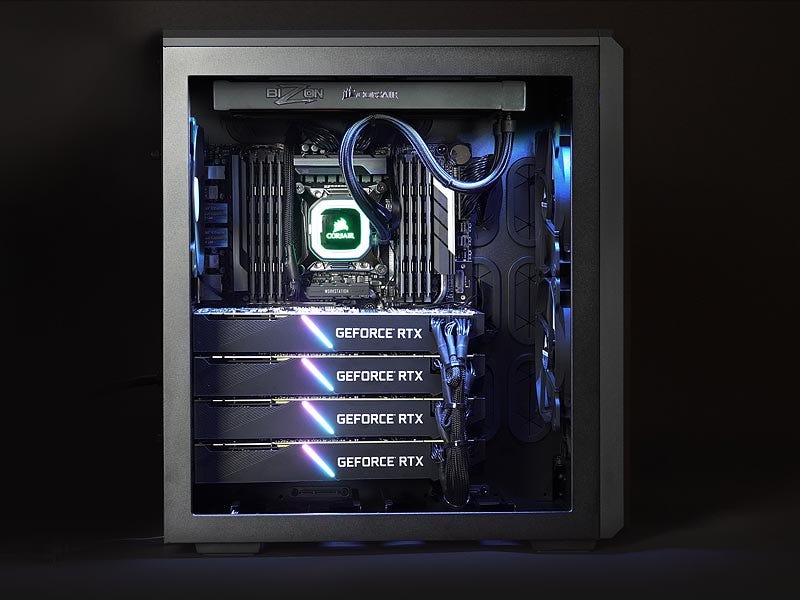
In today’s visual age, words are no longer just words. They are moving, dynamic, and engaging. Thanks to motion graphics and kinetic typography, text can be transformed into a visual masterpiece, capturing the viewer’s attention and conveying a message in a way that no static text could ever achieve.

So, what exactly are motion graphics and kinetic typography? In simple terms, motion graphics are digital animations that combine visual and audio elements to create an engaging and informative experience. Kinetic typography, on the other hand, is a form of animation that brings text to life through movement, creating an engaging and visually appealing design.
Both motion graphics and kinetic typography require a combination of technical skill and creative expertise. A designer first conceptualizes the message they want to convey, crafts a script or story, and then creates visuals that match the tone and intention of the message. They must choose the proper typeface, color palette, and animation techniques to create a cohesive and engaging visual story.

The applications of these types of animation are limitless. Motion graphics and kinetic typography can be found everywhere, from explainer videos to advertisements, music videos, and even movie titles. They have become a cornerstone of visual storytelling, as they allow designers to convey complex messages in a way that is easy to understand and visually engaging.
One of the most significant benefits of motion graphics and kinetic typography is their ability to capture the viewer’s attention. The use of movement, color, and sound makes these forms of animation captivating and memorable. In a world where people are exposed to an endless amount of information every day, it’s essential to create content that is both informative and engaging.
Another benefit of these types of animation is their versatility. Motion graphics and kinetic typography can be used to convey any message, from serious to funny or light-hearted. They can be used to convey complex information like statistics, graphs, or scientific concepts, or to create a sense of emotion or playfulness.
Motion graphics and kinetic typography have become essential tools in the world of visual storytelling. They provide a unique and engaging way to convey a message while capturing the viewer’s attention. Whether it’s for marketing, education, or entertainment purposes, these forms of animation allow us to bring words to life and create truly unforgettable visual experiences.


